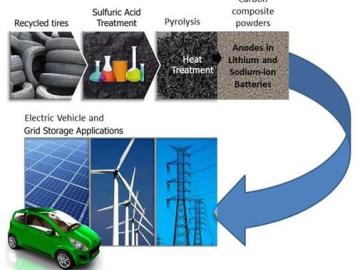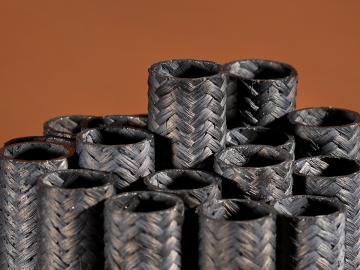Filter News
Area of Research
News Type
Date
News Topics
Media Contacts
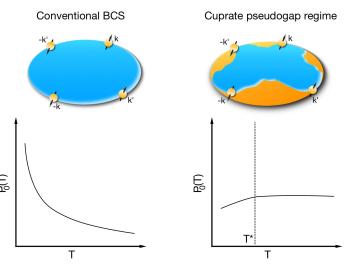
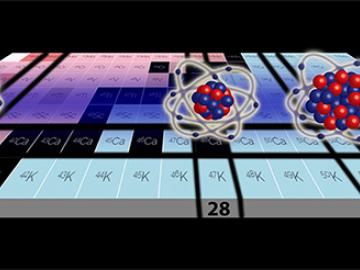
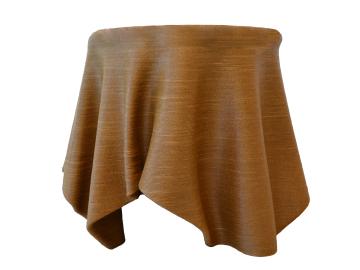

Drivers of Formula E cars may soon no longer have to change cars midway through the race, thanks to a battery coating technology developed by XALT Energy of Michigan and Oak Ridge National Laboratory. By depositing a nanoscale layer of alumina on oxide cathodes, researchers have incre...
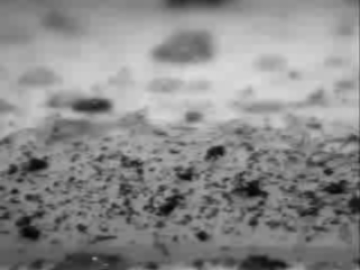
An anti-soiling highly reflective and water-resistant roof coating developed at Oak Ridge National Laboratory and evaluated at Lawrence Berkeley National Laboratory has produced encouraging results. The coating based on superhydrophobic particles resulted in only 3.3 and 4.9 percent r...
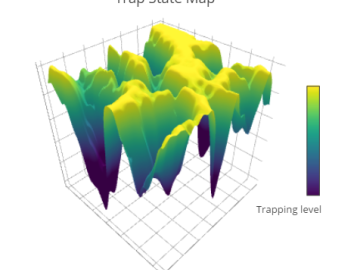
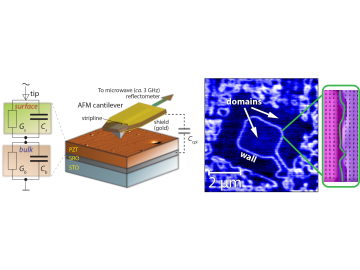
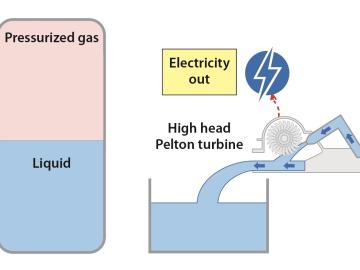
The gap between electricity generation and use could be narrowed with an Oak Ridge National Laboratory system that extracts energy from thin air. Actually, Ground-Level Integrated Diverse Energy Storage, or GLIDES, stores electricity mechanically in the form of compressed gas that disp...
